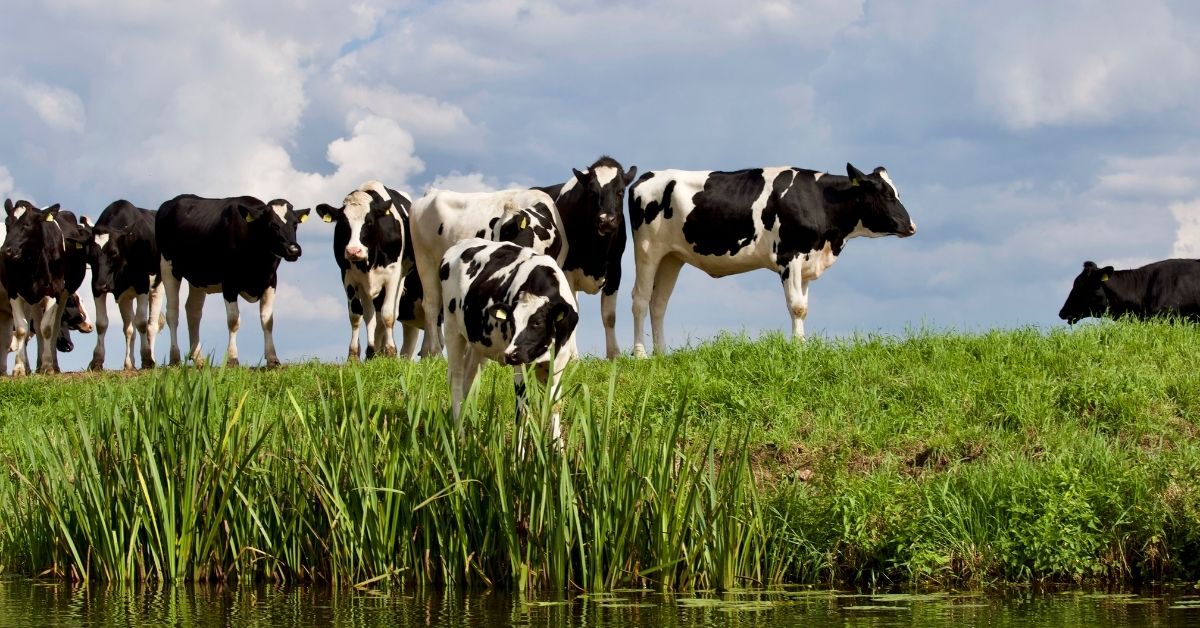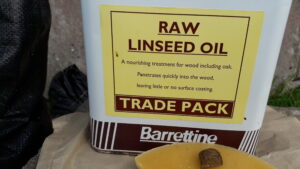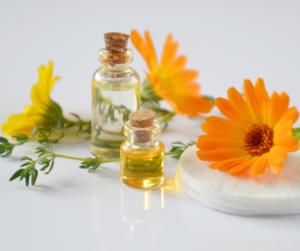A Sticky Solution to a Sticky Problem: Digital Dermatitis in Cows

At Whole Health Agriculture (WHAg), we are all about coming up with alternative solutions to everyday challenges in farming, at best by proactively preventing the problems in the first place – that is a large part of the new WHAg programme which trains up Complementary Health Advisors to help avoid repeat problems.
Digital Dermatitis, is one of those niggling ongoing challenges that accounts for about 25% of lameness in UK dairy cows. Varying species of the bacteria Treponema manifest as warts or ulcers in and around the claws. I’ve seen the evidence – uncomfortable cows and varying degrees of lameness. I know it is a tricky one for the herd manager to conquer if only because of the everyday environment. A dairy cow is inevitably marching through a soggy bacterial-laden soup daily. No chance to keep clean, that’s for sure.
Treatment
The generally accepted treatment for non-urgent cases of Digital Dermatitis is to examine the foot with the aid of a foot crush, clean it as well as possible, then to spray and possibly protect the area with a bandage, a broad spectrum antibiotic, for example Terramycin onto the area. WHAg is always looking for ways to refine and reduce antibiotic use in the face of the world wide spread of multidrug resistant pathogens. Is it possible here?
Coming at this with a sideways look, I decided on a few parameters to work within for tackling this warty subject.
I am looking for:
- Something practical and natural
- Easily obtained, preferably local
- Easy to make and administer
- Inexpensive
Already an aloe vera based gel with mineral additives is marketed as a natural, non-antibiotic treatment for this problem and it works! All good, but the tiny tub doesn’t tick the ‘inexpensive’ box and I couldn’t begin to make it myself. By the time it is delivered to the door the best part of £40 has been handed over – I have to do better than that.
Alternative solutions
Because I am thinking about farm quantities, I really wanted to avoid using expensive imported olive oil or almond oil, commonly used in salves. Robust stickability was the texture to aim for. First, I wanted to experiment with linseed oil as a base. It is available in industrial quantities in builder’s merchants – I also found out that linseed oil has been used as part of a cure for human diabetes ulcers, and it ticked my ‘easily obtained’ and ‘inexpensive’ boxes, as did beeswax as a thickening agent, and propolis for its reputed healing properties, both the latter from our own hives. ‘Local’ and ‘natural’ all ticked off.
My friend, Diana Lee (see blog Winter Wellness – Boosting Your Immunity) a Medical Herbalist and I got to work.
The test recipe:
- 100ml linseed oil
- 5 grams of cleaned propolis
- 7.5 grams beeswax
The oil was heated in a bain-marie keeping it at a scant 70 degrees C with the finely chopped propolis added and stirred with a wooden stick. After about 10 minutes of continuous stirring the linseed had taken on much of the propolis and the gooey residue was removed. (At this point I could filter the propolis treated oil through kitchen paper or in my case dairy wipe if it looked too ‘bitty’). The added beeswax melted quickly, ready for pouring into a container. Once cooled the consistency was just right for stippling between the claws.


But wait! Look at this!
Am I reinventing the wheel here?
Here’s a thing! In the research around how to make a natural treatment to tackle Digital Dermatitis, this amazing study popped up. ‘Honey and medicinal plants in the management of certain surgical bovine claw affections’. All the work has already been done. This paper documents trialling calendula, oregano, thyme and honey then beautifully catalogues the relative benefits of each. Please read it through.
Further thoughts on the recipe
Our in-house clinical-aromatherapist, Sara Kernohan, chipped in here with her thoughts on this recipe. She told me that both Oregano and Thyme are shown to have the following actions: Antiseptic, antitoxic, antiviral, bactericidal and fungicidal to name a few. Calendula or Marigold is known, of course, for it’s skin healing properties and actions which include anti-inflammatory, antiseptic, cicatrisant (tissue healing) fungicidal, styptic (stops bleeding) and vulnerary (used to heal wounds).
So, if you were to be making your own sticky foot potion, you could add in these essential oils. The safest dilution would be no more than 1% of Oregano, 1% Thyme and 1-2% Calendula (or Marigold) in your base cream. This amounts to a total of 9 drops per tablespoon or 15mls of carrier/lotion or 3 drops per 5mls (teaspoon) for ease of working out. If you were to make up a ready mixed bottle of essential oils, you can do this and then add the required number of drops straight to your lotion. Keep the essential oils in the fridge and double its shelf-life (in an air-tight box, unless you like herby flavoured butter and milk).
Many CAM users already have Tea Tree in the house and you wouldn’t go far wrong just adding in this until you can get hold of the other three essences.


However, lets not allow the essential oils to take away from the miraculous curative properties of honey which has been hailed for eons. Honey came out on top compared to the aloe vera product at £40 for about two-thirds the volume of a 1lb jar of honey, (£6 on my farm), very ‘inexpensive’ tick. For ‘practical’ stickability – who goes near honey without getting sticky! It’s being made at the bottom of the garden and from totally local ingredients. Tick, tick and Big Tick.

I’d love to hear from dairy farmers who give this a go, and maybe other cloven-hoofed animals can benefit too.
As a by-product to this research, I’ve learnt to make salves – so easy and pure. Move over jams and chutneys! The home-made Christmas present idea is sorted.
Pammy

About the author: I’m Pammy, a farmer of many years who teachers courses, and writes about farming, animals, and much more!
